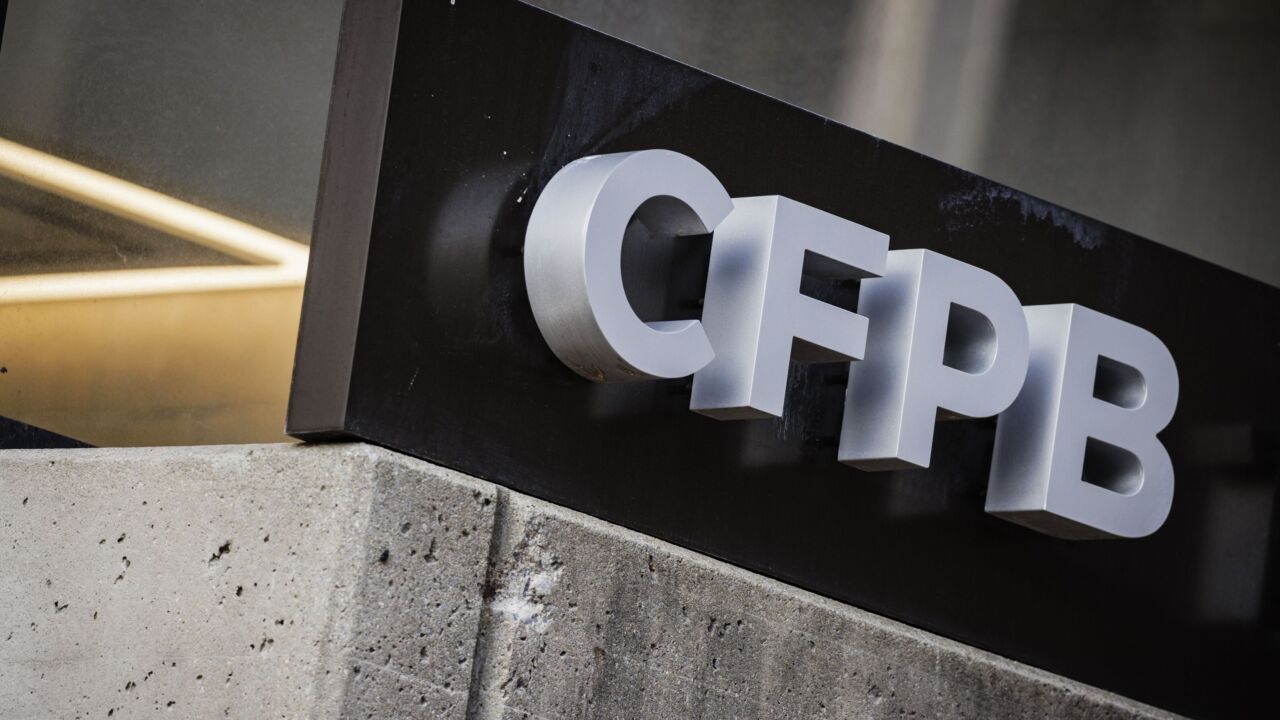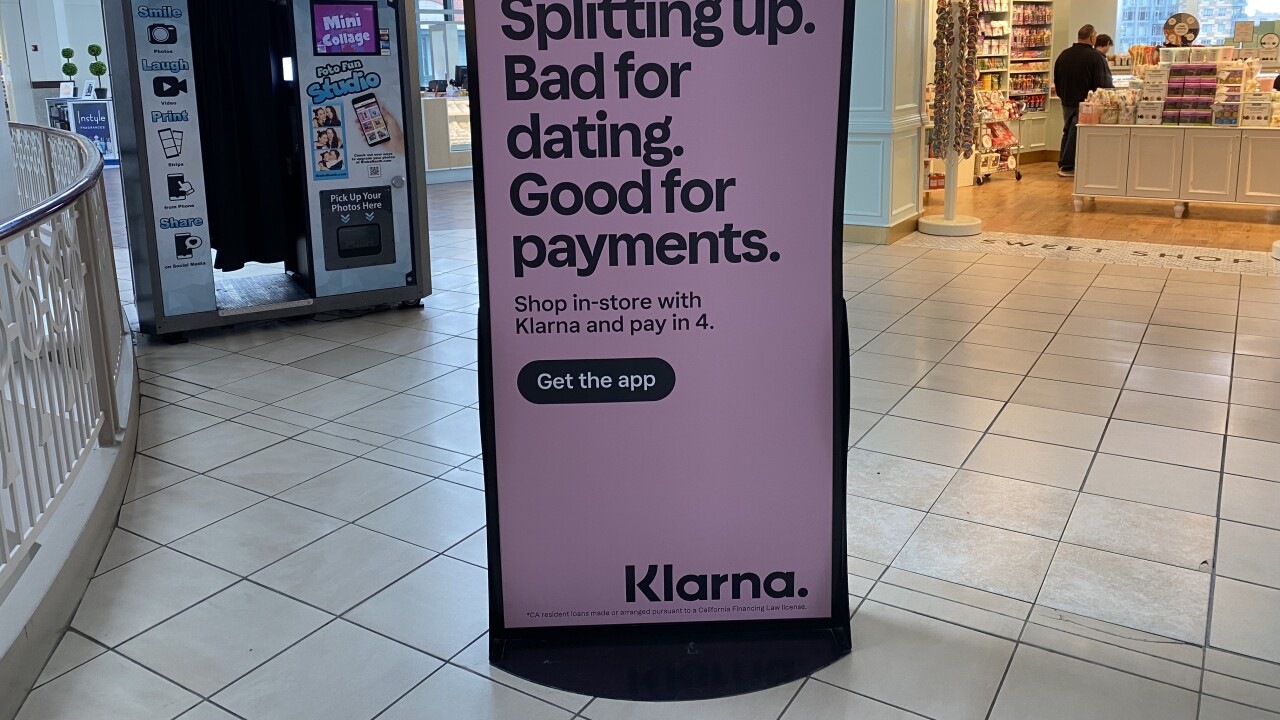Choosing the right infrastructure is a crucial step for developers in the blockchain space. However, platform projects have struggled to meaningfully tackle the “Scalability Trilemma,” a term coined by Ethereum founder Vitalik Buterin to explain the problem of developing a blockchain that can offer scalability, security and decentralization without compromising any of these three pillars.
Fortunately, in response to the different needs of various projects and industries, the blockchain infrastructure landscape has been rapidly diversifying. The technology is still relatively young, but we believe that the blockchain community is ready to accommodate a mainstream consumer-facing mobile distributed app (dApp).
For such projects that aim to build a blockchain-based payments system, it is crucial to work with an infrastructure partner that can scale. At the moment, even the most used blockchain, Ethereum, can process roughly 15 transactions per second (tps). By comparison, Alipay processed 256,000 tps during its peak Singles' Day festival on Nov. 11, 2017.

There are a number of innovative solutions that are designed to address these problems. For instance, EOS has quickly become a popular platform among developers with its distributed proof-of-stake (DPOS) consensus mechanism that allows for the computation of a higher number of tps.
There are also open platform projects like Ground X, a blockchain subsidiary of Korea’s internet giant Kakao, that has recently released its testnet with the mission to effectively serve both the private and public sector. Zilliqa, which will be released by early 2019, looks to preserve decentralization while enhancing scalability. Other unique solutions include projects like Orbs, which offer hybrid blockchain solutions that leverage the existing advantages of Ethereum.
Despite the promising technologies built by these projects, builders must take a conservative approach to choosing the main chain on which their core operations occur. This is because the main tenets of decentralization and security that dApps rely on for their competitive advantage in the market (compared to traditional services) is completely dependent on the guarantees of the mainnet that they choose to build upon.
In that sense, one of the very few viable options for a mainnet is currently Ethereum, given that it is one of few “battle tested” chains available to build on. But as mentioned earlier, Ethereum is beset by a lack of scalability in its current iteration with potential solutions like sharding far off on the horizon.
Imagine a strange world where Windows machines can only communicate with other Windows machines, Linux machines only with Linux machines and so on. The internet as we know it would not be possible in that world. The same principle applies to the blockchain. A multichain architecture that allows synergy between different platforms is the only viable option for ambitious applications. Foreseeing tomorrow’s pain points, adoption of a solution that provides the most flexibility, customization and avoids lock-ins is the most strategic choice for the healthy evolution of the decentralized economy. The blockchain ecosystem is still in its infancy, and we have an obligation to design solutions that are as open and cooperative as possible.





